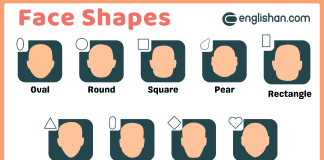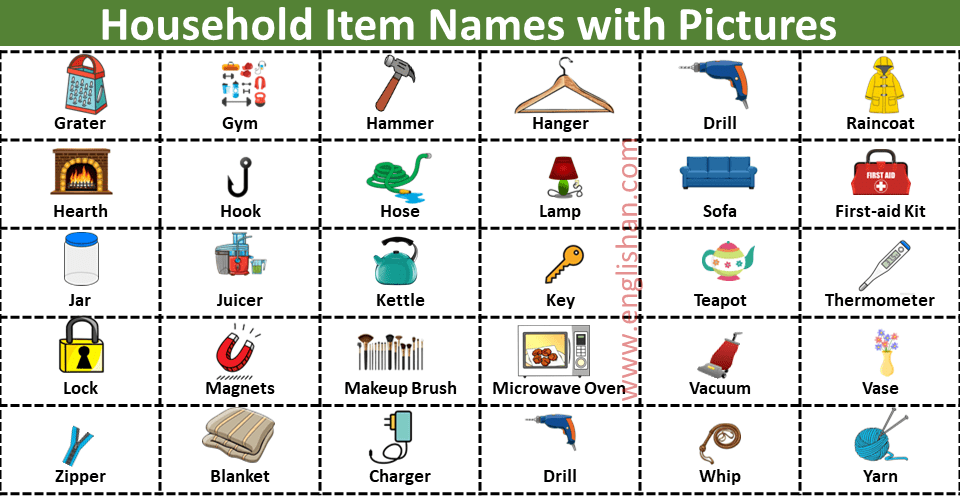Contents
In this blog post, you will learn the names of animals that have shells in English. Understanding these animals will help you expand your vocabulary and describe different creatures more clearly. By mastering these names, you can improve your ability to talk about animals and their unique features. To learn more vocabulary on different topics, visit our Vocabulary Category.
List of Animals That Have Shells
Land Animals with Shells
Some animals live on land and carry protective shells on their backs. These shells shield them from predators and harsh weather. Let’s learn about a few land animals with shells.
- Tortoise: A slow-moving animal with a hard shell that helps protect it from predators.
- Land Snail: A soft-bodied creature with a spiral shell that helps keep it safe.
- Garden Snail: Similar to land snails, but often found in gardens. They have spiral-shaped shells.
- Hermit Crab: A crab that doesn’t grow its own shell, but finds a shell from another animal to live in for protection.
Sea Animals with Shells
Many animals in the sea have shells to protect their soft bodies and help them survive in their watery homes. Let’s look at some sea animals with shells.
- Sea Turtle: An ocean animal with a hard shell that helps protect it from predators and rough ocean conditions.
- Shrimp: A small animal that lives in the sea and has a hard outer shell.
- Clam: A sea animal with two shells that protects it from harm.
- Mussel: Similar to clams, but their shells are elongated and often found on rocks in the ocean.
- Oyster: A rough-shelled sea animal that produces pearls.
- Abalone: A sea creature with a round shell that has a shiny inner surface.
- Lobster: A large sea creature with a hard shell that protects its body.
- Crab: A sea animal with a tough exoskeleton that helps it defend itself from threats.
- Scallop: A sea creature with fan-shaped shells that can open and close.
- Conch: A large sea animal with a beautiful spiral shell that lives in warm waters.
- Nautilus: A deep-sea creature with a spiral-shaped shell, known for its beautiful design.

Interesting Facts About Animals with Shells
Animals with shells are unique. Their shells protect them and help them survive. Here are some interesting facts about these creatures.
- Tortoises can live for over 100 years because their shells protect them so well.
- Sea turtles travel thousands of miles across the ocean.
- Hermit crabs find empty shells to move into as they grow.
- Lobsters shed their soft shells and grow new ones as they age.
- Abalone shells are sometimes used in jewelry due to their beautiful, shiny inside.
Conclusion
Learning the names of animals with shells helps us understand how nature protects these creatures. Whether they live on land or in the ocean, their shells play a big part in their survival. We hope you enjoyed learning about these interesting animals!
FAQs of Animals That Have Shells
Animals with shells include turtles, snails, clams, crabs, and sea urchins. These shells keep them safe and protected.
Here are some things with shells:
Eggs: The hard outer part protects the inside.
Nuts: Many nuts, like walnuts, have hard shells.
Bullets: The outer covering is called a shell.
Sea Shells: Found on beaches, they come from sea animals.
Shells help protect or cover things!
Turtles, tortoises, and snails are animals with shells that live on land. Their shells protect them from danger.
No, hermit crabs don’t grow their own shells. They find empty shells from other animals to live in.
You can find them both on land and in the sea. For example, tortoises and snails live on land, while sea turtles and clams live in the ocean.
You May Also Like






